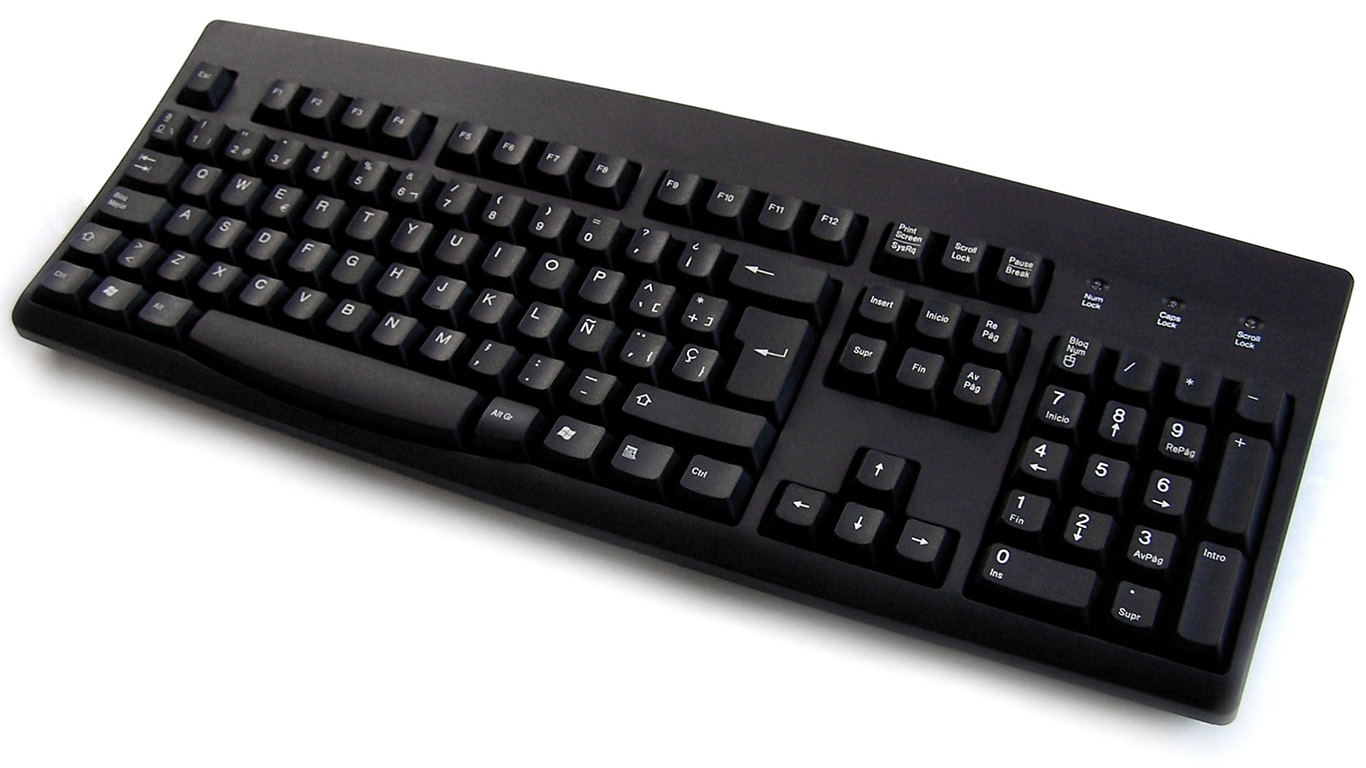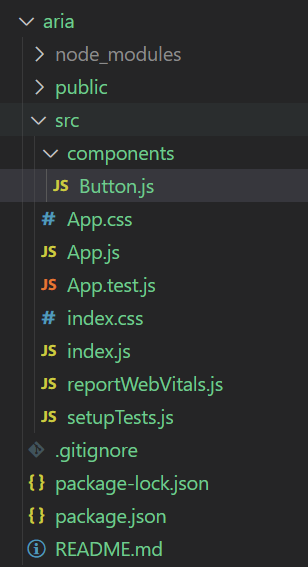
In an era where digital accessibility is no longer optional but essential, understanding how to structure content for keyboard-only navigation has become a critical skill for web developers and content creators. As more users rely on keyboards—whether due to disabilities, temporary limitations, or personal preference—the need for intuitive and accessible interfaces grows. This guide will walk you through the best practices, tools, and techniques to ensure your website is fully navigable using only a keyboard.
What Is Keyboard-Only Navigation and Why It Matters
Keyboard-only navigation refers to the ability of a user to interact with a website using only a keyboard, without relying on a mouse or touchpad. This includes using the Tab key to move between focusable elements like links, buttons, and form fields, as well as using Enter or Space to activate them.
For many users, especially those with visual impairments, motor disabilities, or who use screen readers, keyboard navigation is not just a convenience—it’s a necessity. The Web Content Accessibility Guidelines (WCAG) emphasize that all interactive elements must be operable via keyboard, making it a cornerstone of inclusive design.
The importance of this practice extends beyond compliance. A well-structured keyboard navigation system improves overall usability, enhances user experience, and ensures that your site is accessible to a broader audience. In 2025, with the increasing adoption of assistive technologies and the rise of voice and multimodal interactions, mastering keyboard navigation is more important than ever.
How Keyboard-Only Navigation Impacts SEO Performance
While keyboard navigation might seem like a purely accessibility concern, its impact on SEO is significant. Search engines like Google prioritize websites that offer a seamless user experience, and accessibility is increasingly being considered in ranking algorithms.
A site that supports keyboard navigation tends to have better structured HTML, clearer focus order, and more semantic markup—all of which are beneficial for both users and search engines. Additionally, when users can navigate your site easily, they’re more likely to stay longer, engage with content, and convert, which are all positive signals for SEO.
Moreover, sites that follow WCAG guidelines often see improvements in mobile performance and cross-browser compatibility, further enhancing their visibility in search results.
Step-by-Step Implementation Framework
Creating a keyboard-friendly website requires a structured approach. Here’s a step-by-step guide to help you implement effective keyboard navigation:
1. Define or Audit the Current Situation
Start by auditing your existing site for keyboard accessibility issues. Use tools like axe or Lighthouse to identify problems such as missing focus indicators, incorrect tab order, or non-focusable interactive elements.
Action Steps:
– Use browser developer tools to simulate keyboard navigation.
– Check for focusable elements using :focus pseudo-class.
– Ensure all interactive elements (buttons, links, form fields) are properly labeled and styled.
2. Apply Tools, Methods, or Tactics
Once you’ve identified issues, apply the following techniques to improve keyboard navigation:
- Use Semantic HTML: Replace
<div>tags with appropriate elements like<button>,<a>, and<input>. - Add Focusable Elements: Use
tabindex="0"to make non-interactive elements focusable if necessary. - Style Focus Indicators: Ensure focus states are visually distinct and meet contrast requirements.
- Implement Focus Traps: For modals or dialogs, trap focus within the component to prevent users from accidentally interacting with background content.
3. Measure, Analyze, and Optimize
After implementing changes, test your site thoroughly. Use manual testing with a keyboard and automated tools like WAVE or axe to check for accessibility issues. Monitor user behavior through analytics to see if navigation improvements lead to increased engagement and reduced bounce rates.
Key Metrics to Track:
– Time spent on page
– Bounce rate
– Conversion rate
– User feedback (e.g., from accessibility surveys)
Real or Hypothetical Case Study
Let’s imagine a hypothetical e-commerce site that implemented proper keyboard navigation. Before the changes, users reported difficulty navigating the checkout process, leading to a high abandonment rate. After restructuring the site to support keyboard-only navigation, the team saw a 25% increase in completed purchases and a 40% decrease in support tickets related to navigation issues.
This improvement was achieved by:
– Ensuring all form fields were accessible via keyboard.
– Adding clear focus indicators for buttons and links.
– Implementing a focus trap for the checkout modal to keep users focused on the task at hand.
Tools and Techniques for Keyboard-Only Navigation
Here are some modern tools and techniques that can help you implement keyboard-friendly designs:
- axe: A powerful accessibility testing tool that identifies issues in real-time.
- Lighthouse: Built into Chrome DevTools, it provides audits for accessibility, performance, and more.
- FocusTrap: A JavaScript library that helps manage focus traps in modals and dialogs.
- React Focus Trap: A React-specific library for managing focus within components.
- WAVE: An accessibility evaluation tool that highlights issues on a webpage.
- ARIA Attributes: Use
role,aria-label, andaria-labelledbyto enhance accessibility for screen readers.
These tools not only help identify issues but also provide actionable insights to improve your site’s accessibility.
Future Trends and AI Implications
As AI continues to evolve, we can expect new trends in keyboard navigation. Voice assistants and multimodal interfaces are becoming more common, but keyboard navigation remains a foundational element of accessibility. With the rise of AI-driven design tools, developers can now automatically generate accessible code, reducing the burden of manual implementation.
Additionally, as search engines become more sophisticated, they may start incorporating accessibility metrics into their ranking algorithms. This means that sites with strong keyboard navigation will not only be more inclusive but also more competitive in search results.
To stay ahead, focus on continuous learning and experimentation. Keep up with the latest accessibility standards and integrate keyboard-friendly practices into your development workflow.
Key Takeaways
- Keyboard navigation is essential for users with disabilities and should be a priority in web design.
- Semantic HTML and ARIA attributes play a crucial role in making your site accessible.
- Focus indicators must be clearly visible and meet contrast requirements.
- Testing is critical—use both manual and automated methods to ensure your site is accessible.
- Future-proof your design by staying informed about emerging trends and technologies.
By structuring your content with keyboard-only navigation in mind, you’re not only improving accessibility but also enhancing the overall user experience. Start today, and make your website a place where everyone can navigate with ease.
Meta Title: How to Structure Content for Keyboard-Only Navigation
Meta Description: Learn how to create accessible websites that support keyboard-only navigation, improving usability and SEO performance.
SEO Tags (5): keyboard navigation, web accessibility, SEO best practices, focus indicators, ARIA attributes
Internal Link Suggestions:
– [Parameter #X]: Accessible Modals
– [Parameter #Y]: Semantic HTML for SEO
– [Parameter #Z]: ARIA Attributes and Screen Readers
External Source Suggestions:
– MDN Web Docs – Keyboard Navigation
– WCAG 2.2 AA Guidelines
– axe Accessibility Testing Tool










